May 7, 2008
More than two years after a precedent-setting move by the federal government cleared a path around environmental laws and legal challenges, the construction of a stretch of border fence across a deep canyon known as Smuggler's Gulch is set to begin next month.
Proposed additional fencing
The project will require cutting earth from surrounding hills and filling in the canyon with more than 2 million cubic yards of dirt, an operation so large that critics fear disastrous environmental consequences.
According to the latest plans from the U.S. Customs and Border Protection, the project will consist of constructing an earthen berm across the canyon to support a 15-foot secondary steel-mesh fence and all-weather patrol and access roads.
The agency said a $48.6 million contract was awarded this year to the Keiwit Corp., a construction and mining firm based in Omaha, Neb.
Elsewhere along the U.S.-Mexico border, fence construction has ranged from about $2 million to a little more than $3 million per mile, he said.
“Certainly in some areas, it is easier to construct than it is in others,” said Barry Morrissey, a spokesman with U.S. Customs and Border Protection in Washington, D.C. “Just based on the geography there, this particular segment posed some unusual challenges.”
The terrain is what concerns the critics, who fear that sediment from the project will harm the Tijuana River estuary, where millions in state and federal tax dollars have been spent to restore wetlands.
The fence in the Smuggler's Gulch area west of the San Ysidro port of entry will stretch for about 3.5 miles. More fencing to the east and west of that segment will add another mile. Combined, the new fencing will complete a 14-mile run of contiguous secondary fence running inland from the Pacific.
In February 2004, several environmental groups, including the Sierra Club and the San Diego Audubon Society, filed suit in federal court to stop the project. The same month, the California Coastal Commission stalled construction after ruling that it would cause environmental damage.
The following year, however, federal legislation granted the Department of Homeland Security the authority to waive all laws and litigation standing in the way of fence construction. In September 2005, Homeland Security Secretary Michael Chertoff set a precedent by exercising the waiver authority in San Diego.
In December of that year, the lawsuit was thrown out of court; later that month, a federal judge in San Diego ruled that the waiver authority was not unconstitutional.
Since then, as the federal government rushes to have 670 miles of pedestrian and vehicle fencing in place by the end of this year under the 2005 Secure Border Initiative, the department has waived environmental and other restrictions impeding construction elsewhere, starting last year in Arizona.
On April 1, two additional waivers cleared the way for fence construction in California, Arizona, New Mexico and Texas, with one waiver encompassing roughly 470 total miles.
Meanwhile, National Guard troops in San Diego County have been doing preliminary construction along the border, including building access roads.
As construction approaches Smuggler's Gulch, environmentalists are trying to find last-minute ways to reduce the environmental impact, especially sediment damage to the estuary at Border Field State Park.
“When you put a lot of sediment into an estuary, it changes the function and structure of the estuary, until it compromises the function,” said Mike McCoy of the Southwest Wetlands Interpretive Association, a plaintiff in a 2004 suit.
McCoy and representatives from the local Audubon Society, the Save Our Heritage Organisation and other groups met last week with Rep. Bob Filner, D-San Diego, to discuss a draft of an alternative fence and border security plan.
The alternative proposal would involve spending $70 million for fence construction to instead replace the existing primary fence – there is older fencing at the bottom of the gulch – with a sturdier one. It also calls for hiring additional Border Patrol agents, dedicating money toward agent housing, improving existing border roads and providing enhanced sensor technology.
Smuggler's Gulch gets its name in part from liquor smuggling from Mexico during Prohibition, said Border Patrol Agent Jason Rodgers. While agents have seen increased human-and drug-smuggling traffic there in recent months, including a recent large marijuana seizure, “I wouldn't say it's one of our worst areas,” Rodgers said.
Nonetheless, the Smuggler's Gulch fence is necessary for border security, said Rep. Duncan Hunter, R-Alpine, a longtime proponent of the project who championed the waiver authority in Congress.
“If we are really going to have an effect on controlling our border, we can't be having eight-to 10-year delays on these really small sections,” Hunter said. “I think we actually waited a full year on a study to see if the gnatcatcher would fly over the fence. While we were analyzing that, tons of cocaine were coming over that border.”
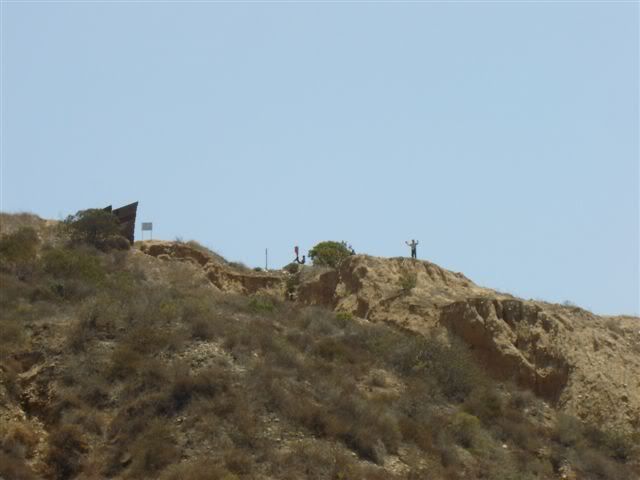


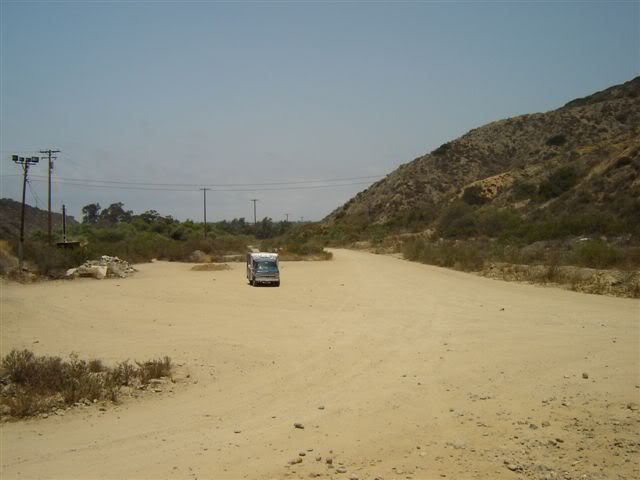
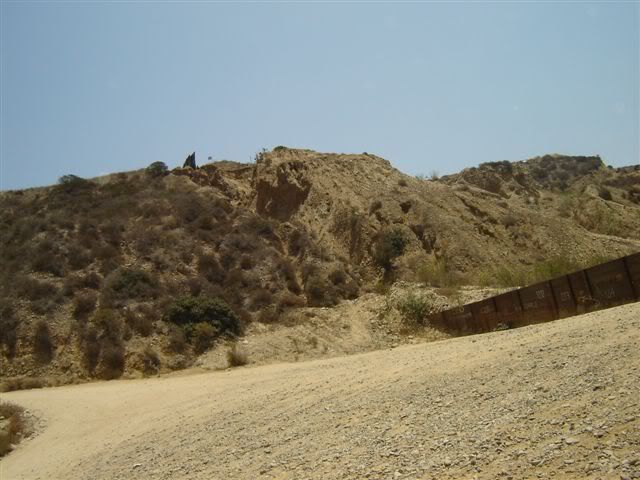
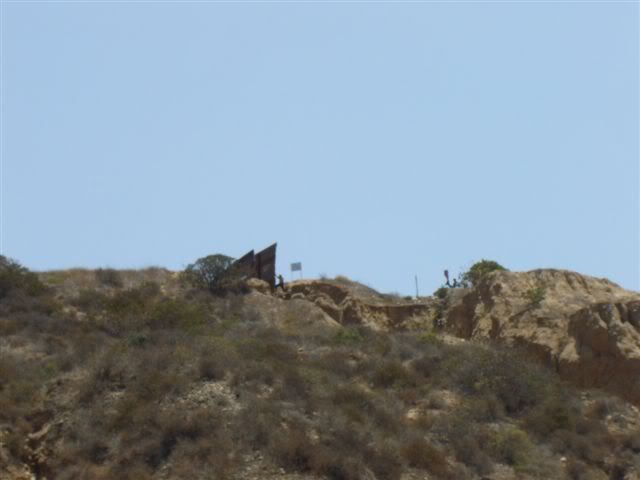
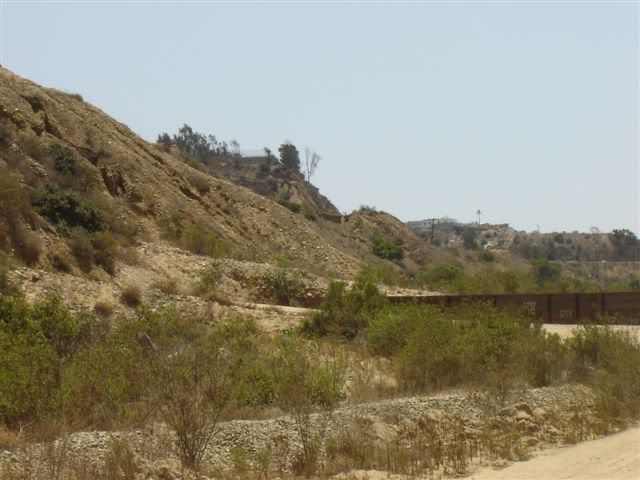
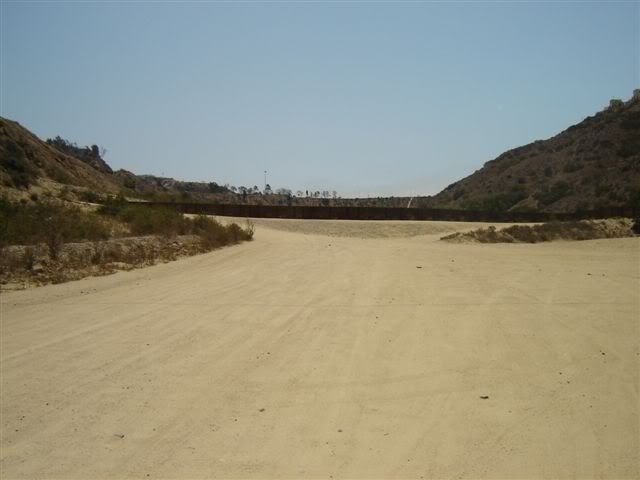
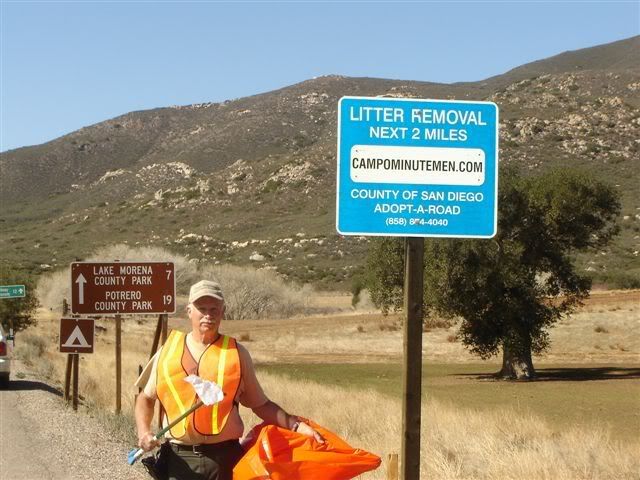
No comments:
Post a Comment